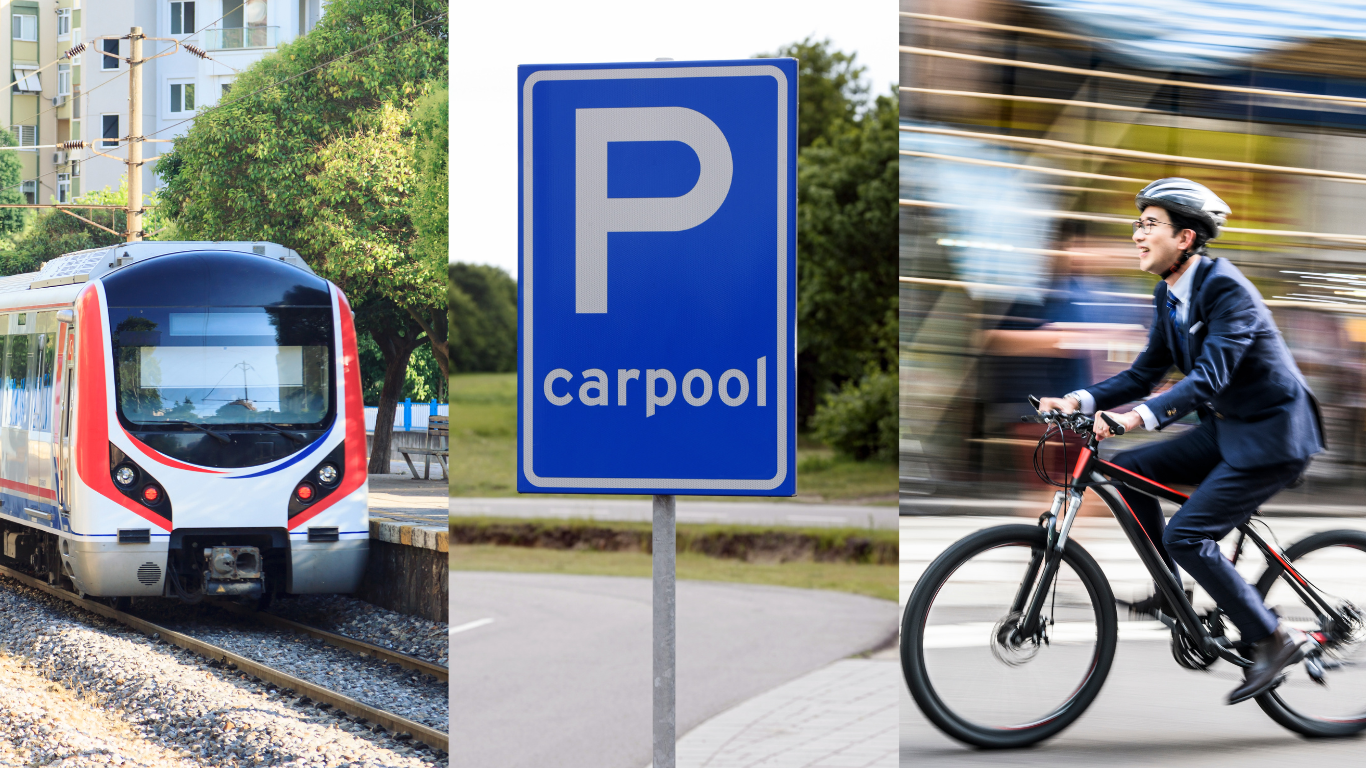
Fighting climate change: how YOU can join in
written by
Sortin Team
November 6, 2023
Undeniably, climate change is the greatest and gravest challenge faced by humanity ever. While the government and institutions have started formulating and implementing policies on their part, the discourse on what an individual’s role in the fight is largely missing.
First things first. You are critical to combating climate change.
In this blog, we focus on how you can meaningfully contribute to solving the climate crisis.
Move with the times
Our ability to quickly travel over long and short distances results in immense value and opportunities. At the same time, the transportation sector is the largest consumer of fossil fuels.
While, switching away from fossil fuels to cleaner fuels like electricity, green hydrogen , bio fuels etc. will solve a major chunk of the problem, commercializing these solutions and making them financially and operationally viable for customers will only take place over a long term.
So what can we do today? The good news is that we can reduce a major portion of our mobility related emissions through awareness on emission intensity of each mode of travel and some simple planning.
Firstly, as Covid taught us, we can probably do away with some of our mobility and as a result save the planet, one avoided trip at a time. Secondly, we should also explore low-emitting and efficient alternatives like using the public transport, carpooling, cycling etc. for short haul travels (50-100% lower carbon footprint) and booking non-stop flights, flying in economy class, taking the train etc. for long haul travels (20-80% lower carbon footprint).

Low-emitting short-haul travel alternatives: public transport, carpool, cycling
Once you have sorted how you move around, the next step is to
Eat for the planet
Producing food accounts for around a sixth of global emissions. Though not all food items emit the same amount of CO2. While meat production accounts for over 60% of all food-related emissions, growing certain nuts and legumes leaves a negative carbon footprint (carbon absorption).
Substituting your red meat with plant-based alternatives can result in cutting down your emissions by 95%. Still you don’t have to go as far as adopting veganism to eat sustainably, substituting red meat with chicken will still lower your emission by 80%.
While changing your diet significantly can have tremendous impact of your footprint, it requires long-term discipline, commitment and focus. Though for an activity like eating, in which one partakes at least thrice a day, every small action will eventually matter. You can start by choosing organic ingredients and shopping for locally produced food items (specially fruits and vegetables).
And lastly, my favourite (due to sheer simplicity yet immense impact) – STOP WASTING FOOD. More than one-third of the food produced is wasted. Not wasting food by itself can reduce the global carbon footprint by 6-8%.
Once your food is sorted, you must
Fall in love with your home
You spend the most time at your home, hence as a result your home utilities (electricity, water, cooking, waste) contribute the maximum to your carbon footprint.
You can straightaway tackle the big problem – electricity. India produces a majority of its electricity from fossil fuels, majorly from coal (which emits much more than even oil & gas) and hence reducing your electricity consumption has the most impact. You can invest in solar panels, solar geysers, smart meters, home automation and improving the insulation of your house (to reduce your cooling and heating needs).
While these investments have huge impact on your carbon footprint, they might be financially or operationally infeasible for you. Simple initiatives like regularly turning off unnecessary appliances, monitoring the power rating of your appliances, plugging out a device post use etc also go a long way in reducing your electricity usage and as a result lowering your carbon footprint.
For water, frugality is the way to go. India is already categorized as a “extremely water stressed country” and more than 50% of us don’t have access to clean drinking water. While investing on rain water harvesting, grey water reuse etc. go a long way, even small initiatives like avoiding long showers can also save more than 30,000 litres of water per year.
Lastly, it is super important to process your waste well. Recycling not only prevents the waste item to land up at a landfill, it also ensures that we are not mining the planet for additional resources and hence has double the impact.

Simple recurring initiatives and habits drive immense impact
Once you have sorted things at home, it’s time that you start to
Spend like a climate champion
Your carbon footprint is heavily linked to how you are spending your money. Purchasing less is always an alternative and you must always consider, whether you need the stuff and whether you can use any less of the stuff, before spending on the purchase. Caring for the stuff you already own is also important as increasing durability of stuff automatically reduces your emissions.
Secondly, it is important to consider where your money is going. Purchasing from sustainable brands not only reduces your footprint but also makes it possible for the brand to service more customers. Lastly, for folks seeking a larger impact on climate action, contributing to verified offset projects is a great way to neutralize your emissions, especially on unavoidable activities and consumption. Usually such projects also bring an additional economical and social benefit for marginalized communities.
As you continue to sort your spending, it is finally time for you to
Propagate
As no one is unaffected by the climate crisis, it is also supremely critical that everyone comes together to combat the crisis. As you join the fight against climate change, the onus is also on you to propagate awareness, rationale and the overall message of the movement.
Afterall, one climate champion is good but a billion climate champions are much better. Additionally, visualizing the aggregate impact of a small initiative (e.g. switching off lights when not in use) over time and scale, works as a magical incentive for people to adopt and continue sustainable practices.
Lastly, solving for climate change will require complex changes in our lifestyle and consumption patterns. Everyone requires guidance and support from the community to adopt these changes and imbibe sustainability as a way of their life. As a reader of this post, we expect you to lead the climate narrative within your communities.